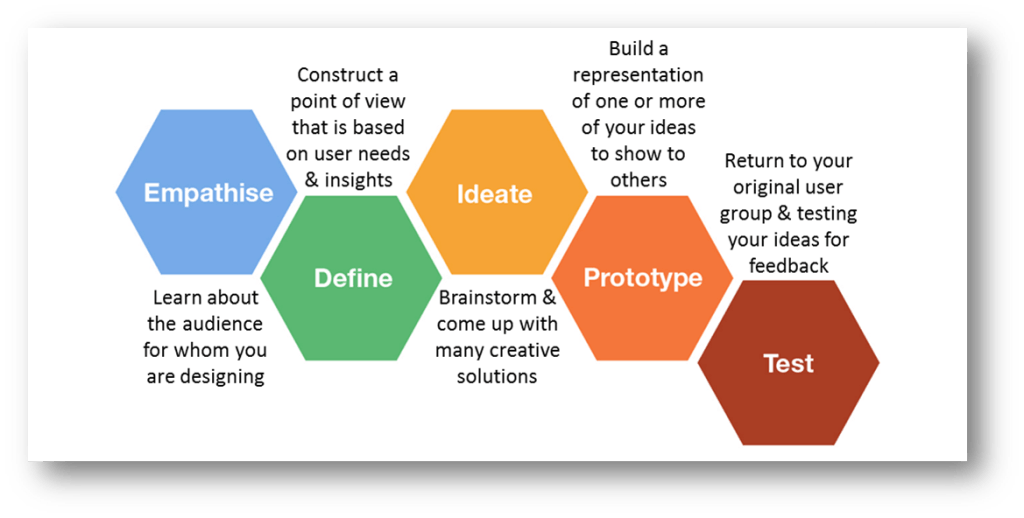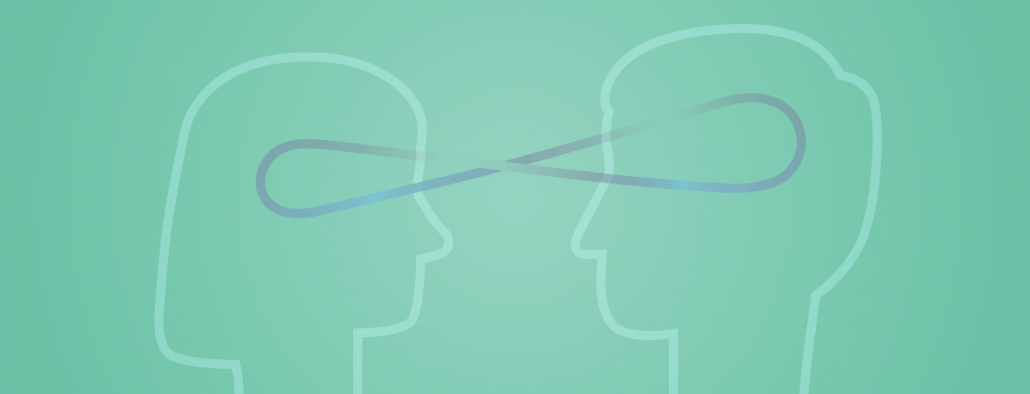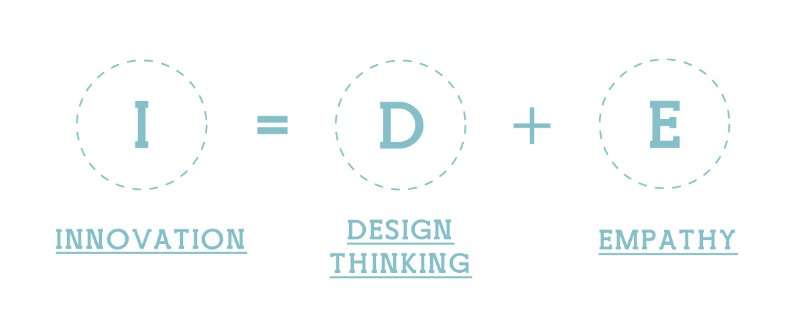Definition: Empathic design is a user-centred design approach that pays attention to the user’s feelings toward a product. The empathic design process is sometimes mistakenly referred to as empathetic design. – Wikipedia
The Basics
So why is it important? ED is about understanding your users, as well as the problems they may face – not just their goals. To truly understand this, some good old-fashioned research must come into play. Research your users’ underlying needs, what do they really want from you and your service? What do they really want from your website? What need does your product or service fill and does your website communicate this? Step into their shoes and see your site from their perspective as best as you can. Explore your users’ stories and personal experiences. What are the underlying themes or questions here? How can the design and experience of your website meet these?

Image: linkedIn.com
User Experience + User Empathy
Is your site designed to truly connect with your users? Is it providing the best user experience? If your users are feeling detached from your brand online, it’s likely that your website isn’t taking a user focused approach. Think about how you can implement user experience and the practise of user empathy (UX and UE). Focus on your users’ needs, feelings, experiences, and the outcomes they expect from visiting your website. UX and UE aren’t just pop-psychology, they are being used globally, in large organisations, to solve real-world business and innovation challenges.

Image: bresslergroup.com
Design, Decision, Process
User’s come first, this is the position you need to take when embarking on the design process. It’s good to keep this at the forefront of your mind when you’re discussing your requirements with your creative team – use your research to guide your decision-making processes. Even a seemingly well-functioning site, can take advantage of an empathetic approach. It’s important to a) do your research about what your audience needs, and b) step into your potential clients’ shoes, ask the hard questions, look at the themes and messages underneath all the marketing Let the user’s needs guide your decision-making processes.

Image: Pinterest.com
User Empathy: They Key Influencers
Technologies that know no boundaries and speak to all audiences. For example: people from different cultures, and situational constraints, age and ability. If you are communicating with a broad or even a specific audience you must be mindful of this and incorporate this into your website’s functionality. User testing: through research and site testing, you can gain a true understanding of how people behave, feel, and solve problems using your website or app. Ultimately, successful User Empathy in web design is about human-focused design where empathy is considered at the very top of the design process hierarchy.
